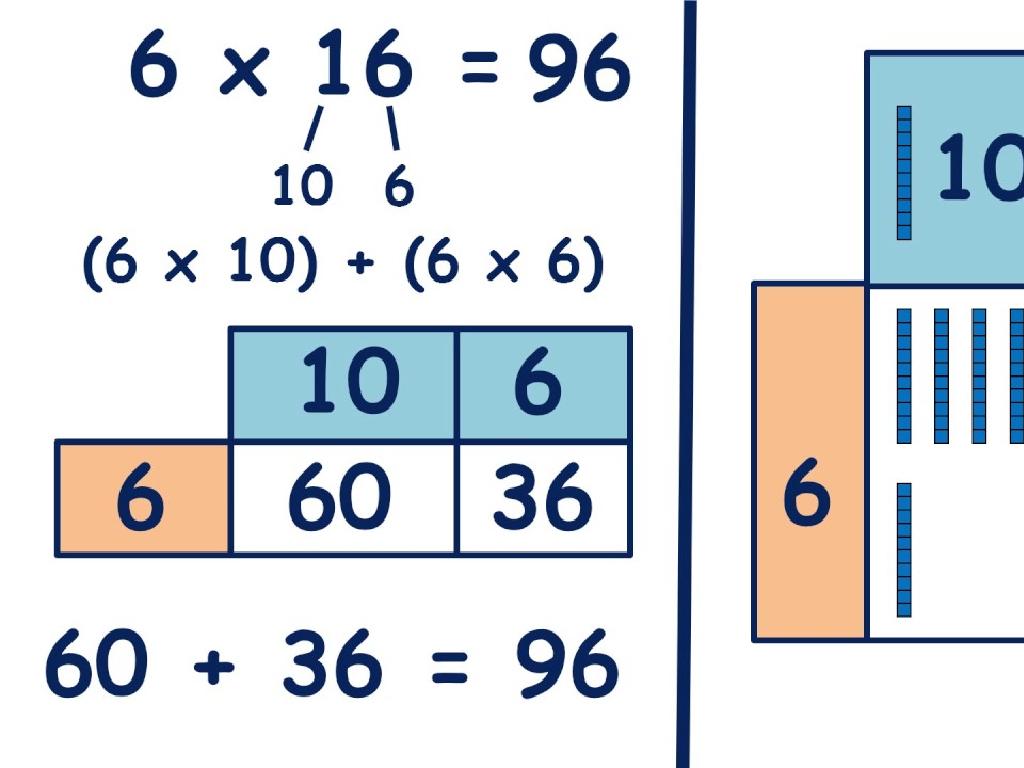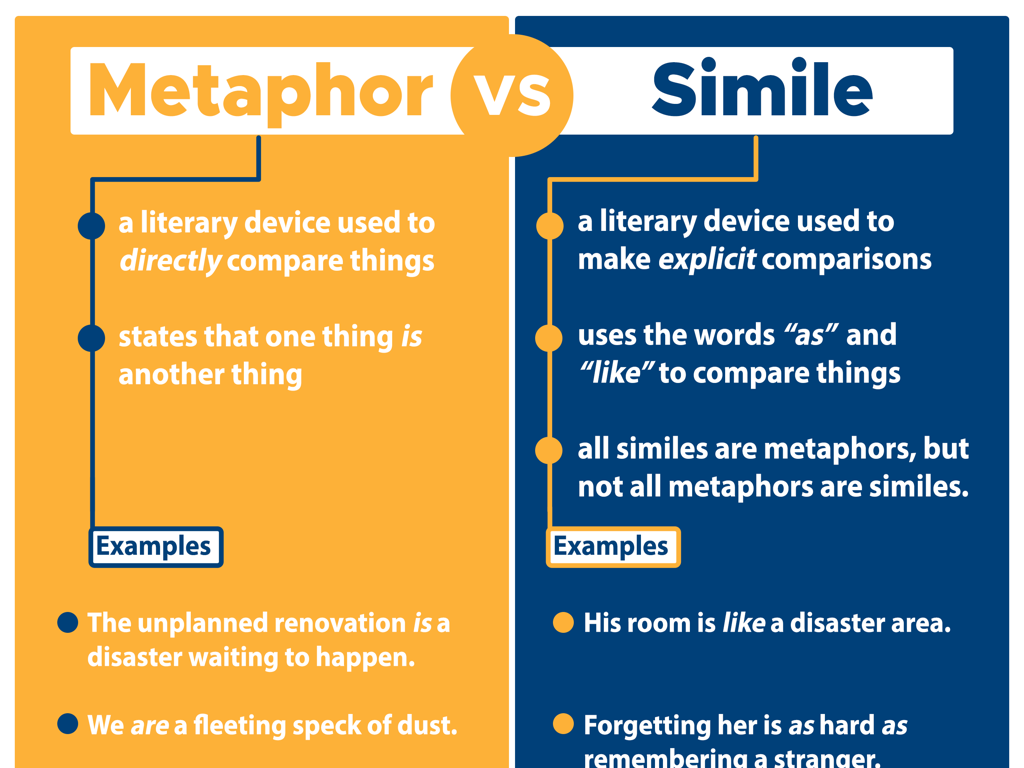Which Customary Unit Of Length Is Appropriate: Inches, Feet, Or Yards?
Subject: Math
Grade: Second grade
Topic: Customary Units Of Length
Please LOG IN to download the presentation. Access is available to registered users only.
View More Content
Exploring Customary Units of Length
– Learn about inches, feet, yards
– Choosing the right unit
– We pick units based on object size
– Measure small objects in inches
– Inches are for tiny things like a pencil
– Use feet and yards for bigger items
– Feet are for medium items like a guitar, yards for things like a football field
|
This slide introduces second-grade students to the concept of customary units of length, specifically inches, feet, and yards. Begin by explaining that different units of measurement are used depending on the size of the object we are measuring. Inches are suitable for small objects, such as a pencil or a book. Feet are used for slightly larger items, like a guitar or a skateboard. Yards are for much larger measurements, such as the length of a football field or a swimming pool. Use real-life examples that are relatable to the students to help them understand when to use each unit. Encourage students to think of other objects they could measure with inches, feet, and yards.
Understanding Customary Units of Length
– What are customary units?
– Units of measurement used in the U.S.
– Units for measuring length
– Length is how long something is
– Inches, feet, and yards
– Smaller to larger: inches, feet, yards
– When to use each unit
– Inches for small objects, yards for distance
|
This slide introduces the concept of customary units of length, which are specific to the United States. It’s important for students to understand that length is a measure of how long something is and can be measured in inches, feet, or yards. Inches are used for small objects like a pencil, feet are used for objects like a bed, and yards are for longer distances like the length of a football field. Use real-life examples to help students grasp the concept of size and distance. Encourage them to think about objects in their surroundings and what unit they would use to measure them.
Understanding Inches
– What is an inch?
– A small unit for measuring length.
– Inches in a foot
– 12 inches make up 1 foot.
– When to use inches
– Use for small items, like pencils or keys.
– Measuring with inches
|
This slide introduces inches as a unit of measurement, explaining that it is a smaller unit within the customary system used primarily for measuring the length of small objects. Emphasize that there are 12 inches in a foot, which is important for understanding how inches relate to feet. Provide examples of small items that are typically measured in inches, such as a pencil or a key, to give students a tangible understanding of the size of an inch. Encourage students to think of other small objects and consider how they might use inches to measure them. You can also bring a ruler to class to demonstrate how to measure objects in inches.
Understanding Feet in Customary Units of Length
– A foot equals 12 inches
– Feet measure medium-sized objects
– Longer than a pencil, shorter than a car
– Example: Table height
– Like how tall your desk is
– Example: Door width
– Like how wide the classroom door is
|
This slide introduces the concept of measuring with feet, a customary unit of length. A foot is defined as 12 inches long, which is a tangible measurement for second graders as they can relate it to the size of a ruler. Feet are used to measure objects that are not too small or too large, fitting between the size of a pencil and a car. Examples provided include the height of a table and the width of a door, which are relatable objects for students. Encourage students to think of other items that could be measured in feet and to visualize the length of a foot by comparing it to everyday objects. This will help them grasp the concept of feet as a unit of measurement.
Understanding Yards
– A yard equals 3 feet
– A yard is 36 inches long
– Yards measure big things
– Like a classroom or basketball court
– Examples: cars and pools
– Car length or a pool’s width
|
This slide is aimed at helping second-grade students understand the concept of a yard as a unit of measurement in the customary system. Emphasize that a yard is longer than a foot or an inch, and it’s used for measuring things that are bigger than what we would measure with inches or feet. Use tangible examples that are relatable to the students, such as the length of a car or the width of a swimming pool, to illustrate the practical use of yards. Encourage students to think of other large objects or distances that could be measured in yards. You can also bring a tape measure to show how long a yard is compared to a foot or an inch.
Choosing the Right Unit of Length
– Think about the object’s size
– Use inches for small objects
– Pencils or a small book are measured in inches
– Use feet for medium objects
– Your height or a bed is measured in feet
– Use yards for large objects
– Football fields or big swimming pools are measured in yards
|
This slide is aimed at helping second-grade students understand how to choose the appropriate customary unit of length for different objects. Start by explaining that the size of the object determines the unit used for measurement. Use tangible examples that are relatable to the students, such as measuring a pencil in inches, their own height in feet, and the length of a football field in yards. Encourage students to think of other examples and discuss why certain units are more appropriate for those items. This will help them grasp the concept of scale and the practical use of inches, feet, and yards in everyday measurements.
Let’s Practice Measuring!
– Measure objects in class
– Choose inches, feet, or yards
– Small objects use inches, larger ones use feet or yards
– Consider the object’s size
– Is it as long as a pencil or as big as the playground?
– Share your measurements
|
This slide is for a class activity where students will practice measuring various objects around the classroom and decide on the most appropriate unit of measurement: inches, feet, or yards. Teachers should provide a range of objects of different sizes for students to measure. Encourage students to think about the object’s size relative to the units of measurement. For example, use inches for small items like a pencil, feet for medium items like a desk, and yards for larger areas like the length of the classroom. After measuring, students should be ready to share their measurements and reasoning with the class. Possible activities include measuring classroom items, comparing lengths of different objects, and estimating measurements before actually measuring.
Class Activity: Measurement Scavenger Hunt
– Find objects to measure in class
– Measure objects with a partner
– Use inches, feet, and yards
– One object for each unit of measure
– Record and share measurements
|
This interactive activity is designed to help second-grade students understand and apply the concepts of measuring length using customary units. Students will work in pairs to find objects around the classroom that can be measured using different units. They should find at least one small object to measure in inches, a medium-sized object to measure in feet, and a larger object to measure in yards. After measuring, they will write down their findings and present them to the class. This will help them grasp the practical use of each unit of measurement. Possible objects to measure could include a pencil, a bookshelf, or the classroom door. Encourage creativity and ensure that each pair has a ruler, a yardstick, and a tape measure. This activity will reinforce their understanding of which unit is appropriate for different types of measurements.
Measurement Masters: Inches, Feet, Yards
– Congratulations on learning!
– Choosing the right unit
– Use inches for small objects, feet for medium, yards for large
– Practice makes perfect
– Keep practicing with different items to become a pro
– Ready to measure anything!
|
This slide is a celebratory conclusion to reinforce the students’ understanding of when to use inches, feet, and yards. It’s important to acknowledge their effort and progress in learning about customary units of length. Encourage them to continue practicing with real-world examples, such as measuring pencils in inches, their height in feet, and distances in the playground in yards. This will help solidify their understanding and application of the appropriate units of measurement. Celebrate their journey towards becoming measurement experts and encourage them to measure objects around them at home and school.






